Paola Squires nee Mazzocato lives in Melbourne and writes here about her family history in village of Barcon di Vedelago in the province of Treviso in two parts. This blog is the story of her father and Part 2 will be about her mother.
In the image above, Paolo is on his Vespa in the courtyard of the family home in Barcon di Vedelago, c 1961.
Part 1 – Early life in Italy and initial emigration to Australia
My father, Paolino Mazzocato was born in 1933 in the small rural town of Barcon di Vedelago, approximately 23km from Treviso. He was one of seven living children (one had passed away at six years after an accident and one only survived for five months).
My mother, Alda Trinca was born in 1936 in Treviso but grew up from the age of three years in Barcon di Vedelago as an only child.
Barcon, in those days, and for generations prior, indeed, since the 1200s was a small rural agricultural village where the main crops harvested were grapes and maize. It is still only a small town of around 1400 residents.
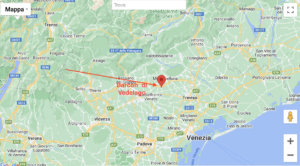
Most farmers were mezzadri (sharecroppers) as a lot of the land was owned by the family Pola who had owned Villa Pola (since the 1500s) in the centre of Barcon. Therefore, any profits from crops grown or livestock, were divided equally between the landowners and the farmers. The overseer, hired by the family Pola, would organise for all crops to be weighed at harvest, and livestock to be counted and examined, and profits divided. This was how generations of both sides of my ancestors subsisted. My mother lived just outside the villa walls. The villa has now been turned into a Birreria (brewery and bar) and a wedding/function venue.
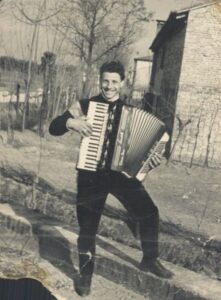
After completing the first few years of high school Dad completed a Certificate in Agriculture and worked on the family farm. He was very involved in playing soccer with his local team and he also told me he was a good sprinter. He liked to go out to dances, sagre, (town festivals) and socialise at home with his friends, often in the stable behind the house in winter where he would play the harmonica and also pretended he could play the piano accordion in order to impress the girls.
Despite growing up in the same small village, Dad first “noticed” Mum when she was about 16 and he was 19. She wasn’t interested in boys at all at that stage. She was busy with her schoolwork and later, her work as a seamstress, singing in the choir at church, acting with the local amateur theatre group and doing charity work with her friends.
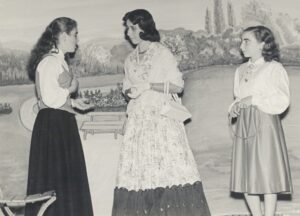
When she was 16, her father bought her a red Vespa and she enjoyed riding to Castelfranco Veneto on a Saturday, with her friend riding pillion, buying a newspaper or magazine and doing a passeggiata (a formal kind of walk) around town.
However, he persevered. He had a plan.
Alda’s father, Nonno Albino used to regularly spend time at the Osteria Trinca (the village bar with a bocce court) near Dad’s home. Often Dad would secretly follow him home, to make sure he didn’t fall into one of the agricultural ditches which ran alongside most road, and which were full of water.
His modus operandi– look after the father in order to impress the daughter. 😊 I asked him if he was secretly hoping Albino would fall into the ditch, so that he could fish him out and look like the hero! He just gave me a wink.
However, Mum still took no notice.
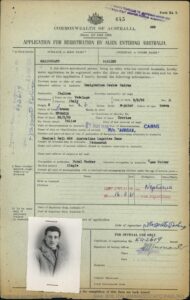
Money was tight at home and Australia was actively recruiting workers, with promises of a good income and assisted passage. The ads were posted on the doors of the Church and caused a lot of chatter among the young men. Dad was the second eldest in the family, his elder brother having already left for the priesthood and he decided to leave for Australia in 1956 when he was 23 years old. Mum was 20 and she still had no idea he was in love with her.
Unfortunately, before he passed away, I didn’t ask Dad how he made his final decision to leave for Australia, how long he intended to stay, or who he worked for in Queensland, but I do remember a few things he told me …
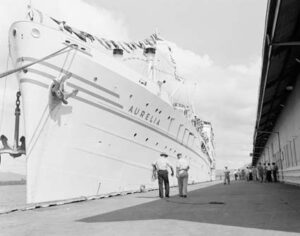
He left Italy from Genoa on the ship “Aurelia” with a couple of friends from Barcon, and landed in Cairns, Australia, on May 17, 1956, after stopping at various ports on the subcontinent, experiencing some cultures that he would never have dreamed in his wildest dreams.
He worked on the cane fields in Ingham for 7 months. He said it was brutal work – using scythes to cut the cane after burning it – he couldn’t believe the snakes, and rats that ran out of the cane. He couldn’t get the black soot off his hands or legs.
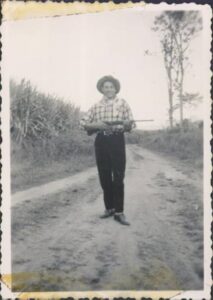
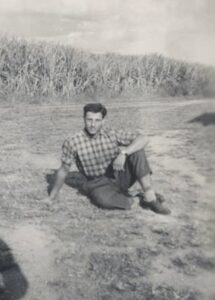
One day the owner of the plantation came to them and asked if anyone knew how to cook as their cook had fallen ill. Dad put up his hand and was therefore given the job – the problem was, the only things he knew how to cook were spaghetti and fried eggs! I don’t know if he ever expanded his repertoire. 😊
He left Queensland for Melbourne in 1957.
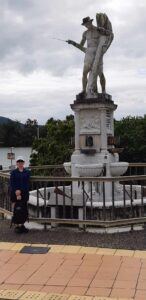
Last year my husband and I went to Cairns and followed the sugar cane trail to Ingham and Innisfail in order to experience some of the landscape that Dad may have seen during his time there. We visited a few museums and tried to learn a little about what the workers living in that region may have experienced in the ’50s. I had already started a FaceBook group “Italian Canecutters in Queensland” so I was hoping to be able to glean a little more information to add to the group’s archives.
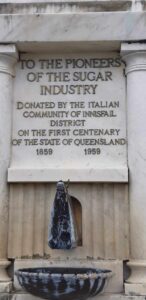
I don’t know why, but it seems there are a lot more records and photos of the first wave of immigrants to the region in the 1920s than there are of those in the ‘50s. In any case, there is obvious dedication of many people still in those areas to preserve the history of the sugar cane industry and emigration, and paying homage to those young men and women who sustained the industry for so many years.
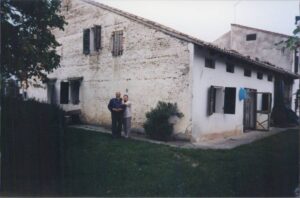
Paola Squires nee Mazzocato
27 August 2023
All photos supplied by Paola.
For more information about Barcon di Vedelago, (And wonderful historic photos) see the following websites:
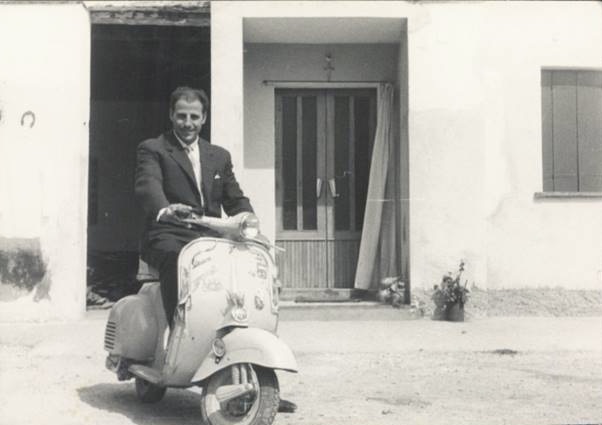
Lovely story Paola. The recent abc doco of the mafia in the cane fields was interesting.
I’ll look for you at the Trevisani Convegno in October?